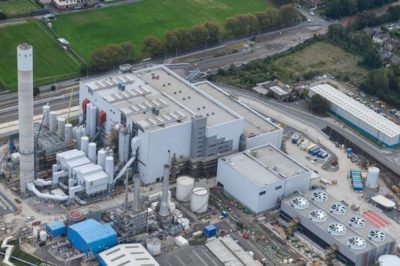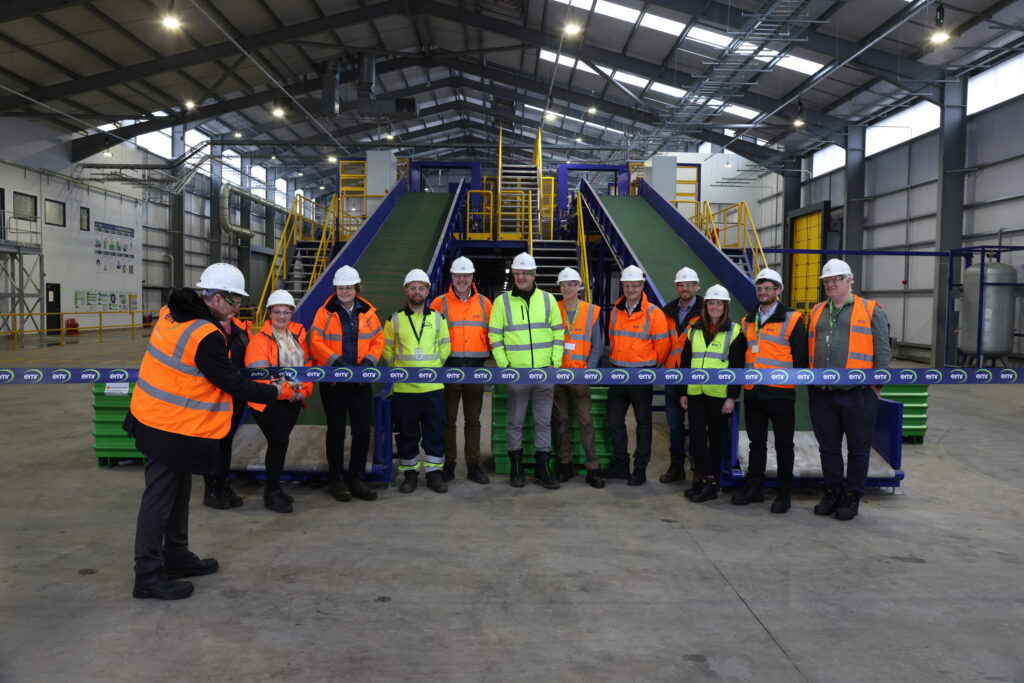The call comes in a position statement from the Waste Industry Safety and Health (WISH) Forum published yesterday, 1 March. It was issued on the back of a fatality in Coventry on 19 January 2023, where a waste collection operative was killed after becoming entangled on a vehicle lifting mechanism and dragged into the hopper.
The WISH Forum explained that the Health and Safety Executive has been consulted throughout the preparation of the position statement.

In the document, the Wish Forum urged all operators of RCVs to “review their use of semi-automatic and automatic bin lifting equipment” against the information included in the Waste 04, WISH INFO 10, WISH REF02 guidance documents, as well as information provided by their bin-lift supplier/s.
Chris Jones, WISH chair, said: “WISH would urge the industry and suppliers to work together to develop effective and practical physical controls so that over time the current unacceptable toll of accidents and fatalities involving bin-lift mechanisms is bought to an end.”
The Forum has also called on the industry and suppliers to work together to develop “effective and practical physical controls so that over time the current unacceptable toll of accidents and fatalities involving bin-lift mechanisms is bought to an end”. It is understood the Environmental Services Association (ESA) is in discussions with vehicle manufacturers on the issue.
Risk assessments
The statement outlines nine points which should be identified and addressed in any risk assessments and instructions to operatives.
This includes situations where a bin should not be presented for lifting and tipping, such as damaged, overweight or over full bins. Other things to note include safe standing positions for workers during the tipping cycle, monitoring, instruction, and training arrangements and steps to ensure that operators and members of the public do not approach an open (no bin in place) bin-lift which is in automatic mode. (see more details below)
WISH explained that these steps are ‘procedural’, such as setting rules, instructing, and training workers in what to do and what not to do.
The document says: “Procedural controls are known not to be 100% effective at all times – people do not always ‘do the right thing’. More effective are physical controls, such as physical machinery safety measures.
Industry and suppliers should work together to develop effective and practical physical controls
- WISH Forum
Lifters
WISH explained that wheeled refuse collection bins have been emptied using bin-lifts since at least the 1990s. Lifting mechanisms can operate in manual, semi-automatic, and automatic modes.
However, despite technological developments and collective industry experience with this equipment, “a significant number of serious accidents, including deaths, still occur”, the document adds.
Incidents to have occurred include bins falling from lifts during loading, members of the public approaching unattended mechanisms and operatives becoming caught.
Conversations
The ESA has been in discussions with RCV manufacturers since the end of 2022, in an attempt to develop a blueprint specifically for the waste and recycling industry.
The aim was to use the collective power of its members to discuss safety requirements for refuse collection vehicles specifically. The aim is to develop a clear set of requirements for new vehicles that have the latest health and safety needs “at front and centre”. It is hoped this will be finalised by the end of the year for new vehicles.
Separate discussions on bin lifts are also taking place. There has been a general acceptance that there is room for improvement and the issue needs to be looked at.
RECOMMENDED CHECKS IN WISH MESSAGE
Included in WISH advice is that operators need to ensure that you have in place safe systems of work, including your risk assessments and instructions to operatives, which identify and address:
- That semi-automatic and automatic modes are more hazardous than manual mode and how your safe systems of work have been designed to eliminate and reduce those hazard
- Situations where a bin should not be presented for lifting and tipping including damaged bins, overweight bins, and over full (“grinning” or “top hatting”) bins
- Where automatic, semi-automatic and manual modes should and should not be used, based on supplier’s instructions and your assessment of risk. While it is not practical for every individual RCV bin collection to be risk assessed, sufficient understanding of the general principles of each mode of operation of lifting equipment should be provided through instruction, training, and supervision to allow individual crews to make appropriate judgements. Automatic/semi-automatic should not generally be the default mode used all day without appropriate risk assessment, training, safe systems of work and adequate supervision being in place to manage the resulting risks
- Situations where it is not appropriate to use semi-automatic/automatic bin-lifting. For example:
– That larger trade bins should not be emptied using automatic lifting mode
– Where collection points are well spaced, such as some rural areas, resulting in the time saving being insufficient, compared to increased risk, to justify automatic mode
– That only manual lifting mode is used where there is any form of hand loading, such as of bagged or side waste - Work sequences for placing bins onto automatic bin lifters, including clear rules for which worker has responsibility for selecting manual, semi-automatic, or automatic modes
- The safe standing positions for workers during the tipping cycle
- What to do when bins ‘hang-up’, waste jams and blocks during lifting and tipping, clearing of debris/detritus from the lifting mechanism and/or hopper, or other similar problems, and your arrangements to ensure that machinery cannot be inadvertently restarted during such tasks
- Your arrangements to ensure that operators and members of the public do not approach an open (no bin in place) bin-lift which is in automatic mode
- Your monitoring, instruction, and training arrangements to ensure effective compliance with your risk assessments, procedures, and training
Useful link
WISH Forum










Subscribe for free